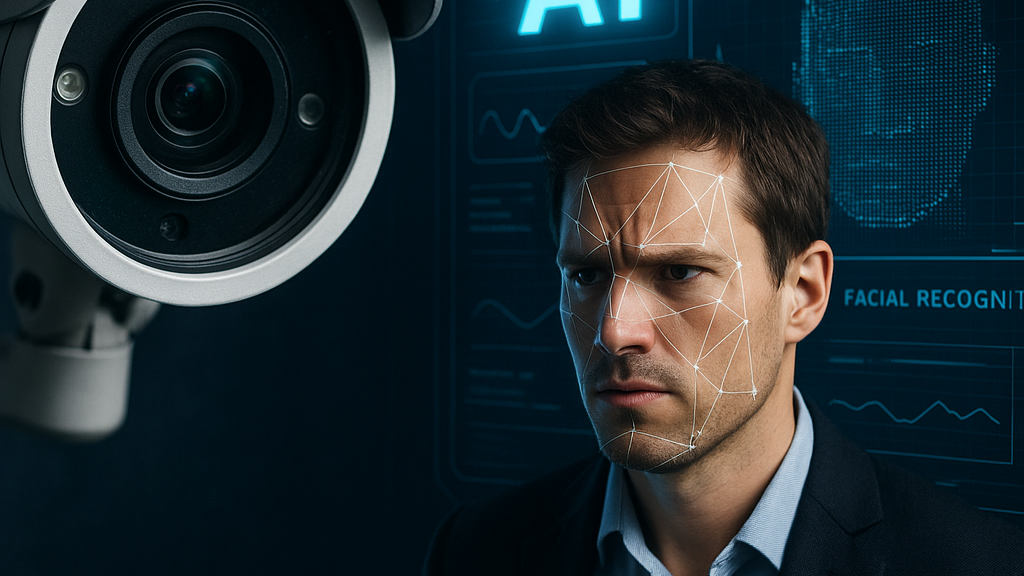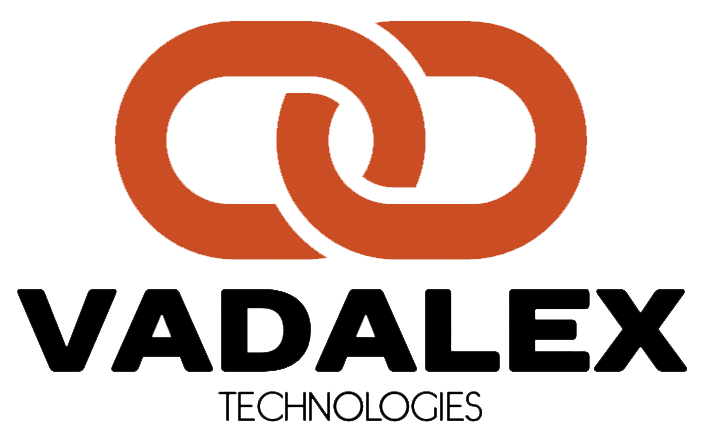How Artificial Intelligence Is Redefining the Role of Security Cameras

For decades, security cameras were silent witnesses — recording everything, but relying on humans to watch, interpret, and react. Today, artificial intelligence (AI) is transforming them into proactive analytical tools capable of understanding, evaluating, and predicting human behavior.
1. From Simple Recording to Intelligent Analysis
Modern AI-powered systems go far beyond face or object recognition. They can analyze the entire scene in real time, including:
- facial expressions and micro-expressions;
- eye direction and focus;
- speed and trajectory of movement;
- interactions with surrounding objects and people.
This means the system can identify not just who is in the frame, but also what they are doing and even what emotions they are displaying.
2. Building a Behavioral Profile
By accumulating and comparing behavioral data over time, AI can build a conditional “profile” of a person, detecting:
- stress levels through micro-expressions;
- signs of aggression or panic;
- unusual movement patterns (e.g., lingering near restricted areas).
It’s not “mind reading” — it’s statistical pattern recognition that highlights anomalies compared to established norms.
3. Real Scenario: Prevented Unauthorized Entry
In a recent case, an AI system integrated with a building’s camera network and access control detected unusual behavior at the entrance.
A person was approaching the building while displaying visible signs of nervousness:
- frequent glances over the shoulder;
- abrupt, inconsistent movements;
- elevated stress levels detected through micro-expression analysis.
When the individual attempted to use a key fob, AI instantly cross-checked the facial data against the access database. The result: the person’s face did not match the registered fob owner, and behavior metrics indicated a high-risk anomaly.
The system immediately:
- Locked the door, preventing access.
- Routed the intercom feed directly to on-site security.
- Forwarded live video and behavior analysis data to the security officer.
Upon closer inspection, security confirmed the fob had been stolen. Thanks to the AI’s instant response, a break-in was prevented — without physical confrontation and in just seconds.
4. How It Supports Security Teams
Traditionally, security personnel had to watch dozens of monitors, risking missed incidents.
With AI, the workflow changes:
- Real-time alerts for specific, high-risk situations;
- Automatic video focus on the relevant scene;
- Risk zones highlighted on facility maps;
- Automatic access denial when anomalies are detected.
5. Technologies That Make It Possible
- Computer Vision — analyzes visual data and identifies objects.
- Emotion Recognition Neural Networks — trained on millions of facial expression examples.
- Big Data — stores behavioral patterns and compares them with live events.
- Access Control Integration — links events to specific, verified individuals.
6. Ethics and Privacy
Such systems must comply with privacy laws and ethical guidelines. Responsible AI deployment should maintain the balance between safety and individual rights, ensuring transparency in how data is collected and used.
Conclusion:
AI is turning security cameras from passive recorders into active partners in safety — systems that not only see but understand what’s happening, and can intervene in real time to prevent incidents before they occur.
Meta Tags
AI security cameras, artificial intelligence in surveillance, behavioral video analytics, facial recognition security system, AI access control, emotion recognition AI, building security AI, intelligent video monitoring, AI-based threat detection, preventing unauthorized entry, smart security camera systems, video surveillance with AI, AI security solutions, real-time video analytics, AI for access control, AI-powered CCTV, AI anomaly detection, security camera AI software, AI surveillance analytics, intelligent access management.


